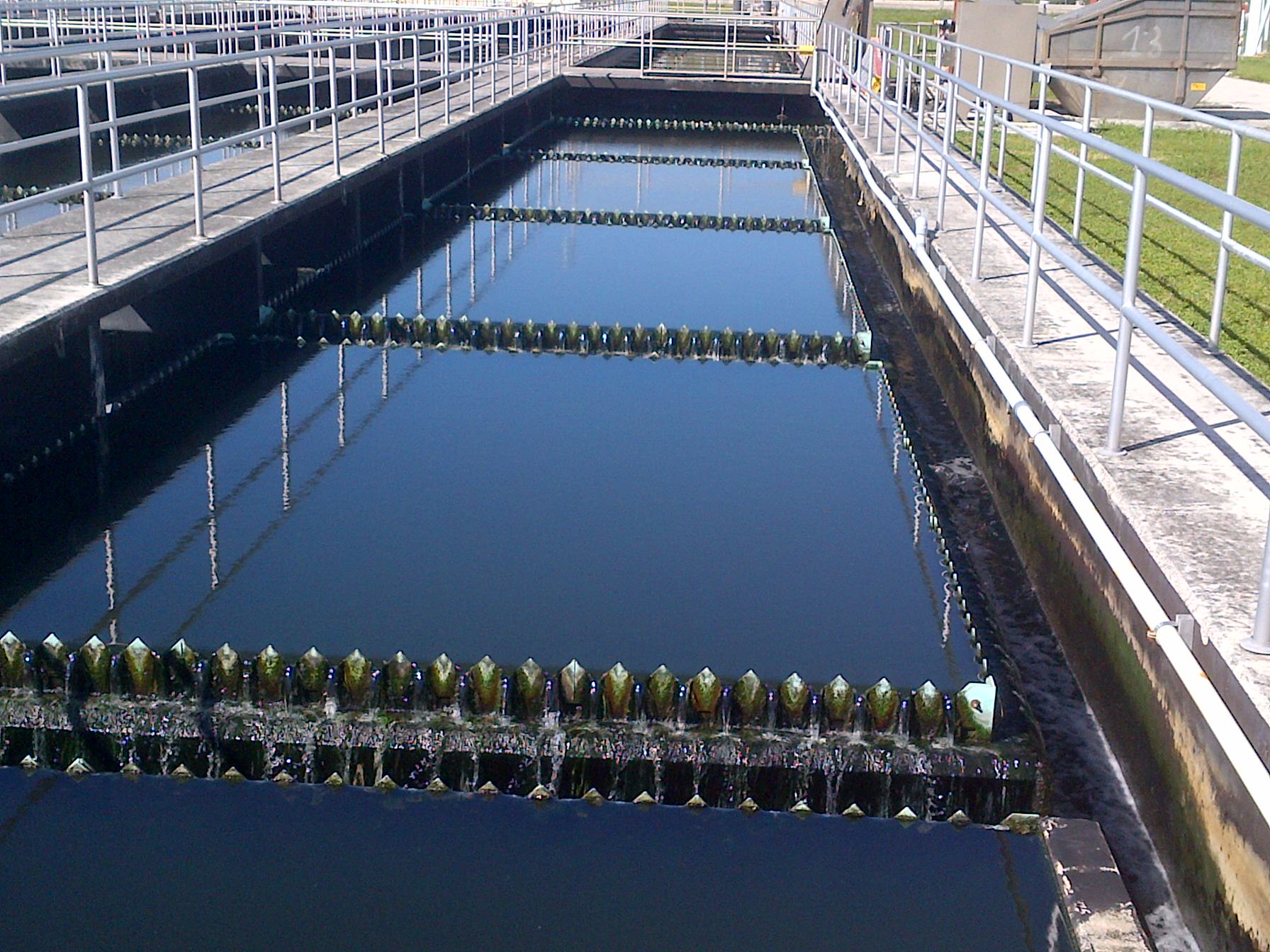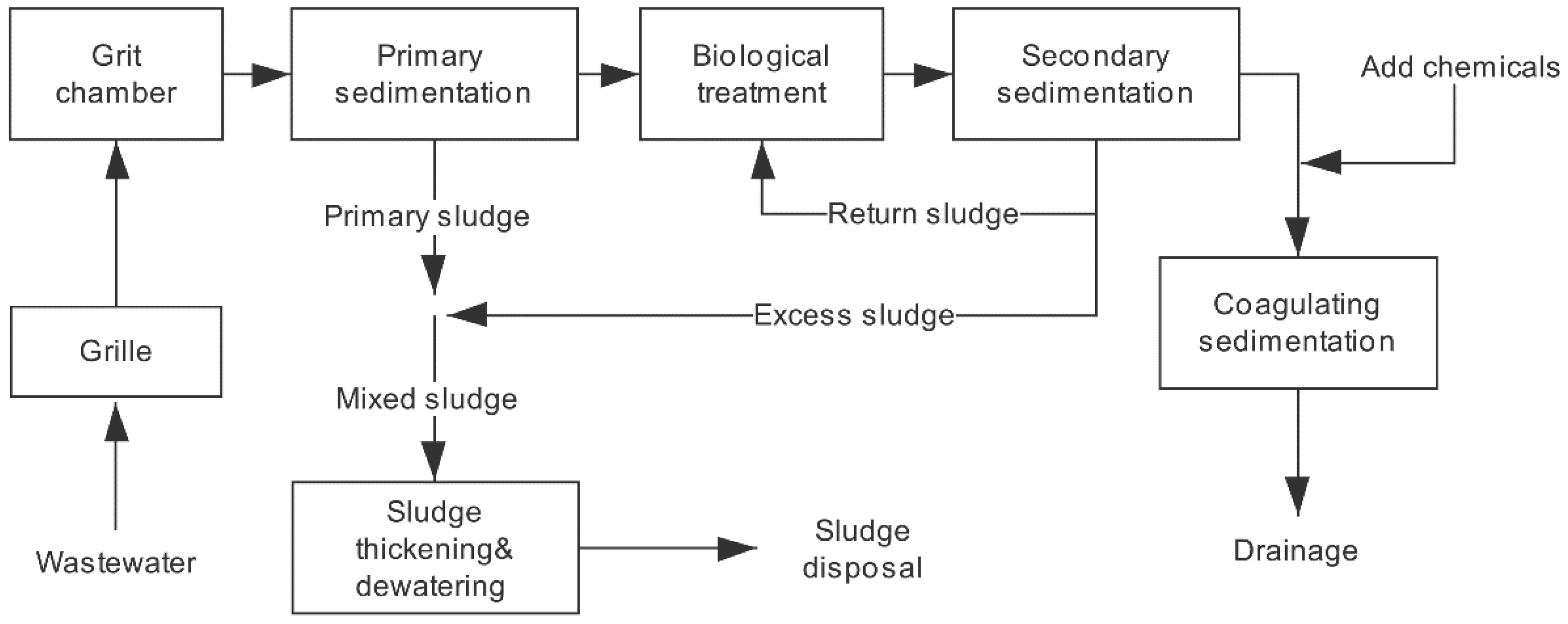



Sanitary sewers that are not watertight due to cracks, faulty seals, and/or improper connections can receive large amounts of infiltration and inflow (I/I) during wet weather. Large volumes of I/I can cause sanitary sewer overflows (SSOs) and/or operational problems at the wastewater treatment facility serving the collection system. In addition, sewage overflows can be caused by other problems such as blockages, equipment failures, broken pipes, or vandalism. (March 2020) A mechanical biological treatment ( MBT) system is a type of waste processing facility that combines a sorting facility with a form of biological treatment such as composting or anaerobic digestion. Sanitary sewers are typically built with some allowance for higher flows that occur when excess water enters the collection system during storm events. Sanitary sewers are installed to collect wastewater only and do not provide widespread drainage for the large amounts of runoff from precipitation events. The other major type of domestic sewer design is sanitary sewers (also known as separate sanitary sewers). Under wet weather conditions, these combined sewer systems would overflow during wet weather conditions when large amounts of stormwater would enter the system. State and local authorities generally have not allowed the construction of new combined sewers since the first half of the 20th century. These systems were designed to convey sewage and wastewater to a treatment plant during dry weather. Combined SewersĬombined sewers are designed to collect both sanitary sewage and stormwater runoff in a single-pipe system. EID continues to strive for excellence.Īlthough EID does not use reverse osmosis in its treatment process, the following informative video on wastewater treatment provides a great insight into the challenges of treating wastewater.ĬhemMatters - Episode 5: How Wastewater Goes From Polluted to Pure from ACS Pressroom on Vimeo.Historically, municipalities have used two major types of sewer systems. The sources of solid waste include residential, commercial, institutional, and industrial activities. The Wastewater Treatment Plant (WWTP) expansion project is the largest component of the Clean Water Program, and the most significant rehabilitation work executed at the WWTP since 1970s. Solid-waste characteristics Composition and properties. Over the past decade, the District has won numerous California Water Environment Asoociation (CWEA) awards in Safety, Collection Systems, and Wastewater Treatment Plant of the year from that association's Sacramento area section. Modern solid-waste management plants in most developed countries now emphasize the practice of recycling and waste reduction at the source rather than incineration and land disposal. Currently, the District is redesigning three separate lift station facilities and continuing several improvements to the Mother Lode Forcemain. Although testing is continuous throughout the wastewater treatment process to ensure optimal water flow, clarification and aeration, final testing is done to make sure the effluent leaving the plant meets permit.
#WASTE MANAGEMENT TREATMENT PLANT UPGRADE#
We are also working to upgrade and improve our wastewater conveyance system in areas where aging infrastructure is at issue. After meeting all permit specifications, clean water is reintroduced into the environment. Over the past decade, we have undertaken major upgrades to three of the district’s five wastewater plants to ensure consistent compliance. the operation and maintenance of the collection system, including sewer mains, lift stations, and force mains, and the east wastewater treatment plant. At EID, wastewater management entails making sure that our collection and treatment functions fulfill all regulatory requirements for discharges and to produce recycled water that is used to irrigate front and back yards and commercial and public landscapes wherever feasible.ĮID has continued its efforts to ensure compliance with federal and state regulatory requirements.


 0 kommentar(er)
0 kommentar(er)
